10 Pokémon Predators (& Their Prey)
Table of Contents
Just like the real world, the Pokémon universe has a food chain of its own. Which Pokémon are hunters? And who are their prey?
You Are Reading :10 Pokémon Predators (& Their Prey)
Category : Pokemon
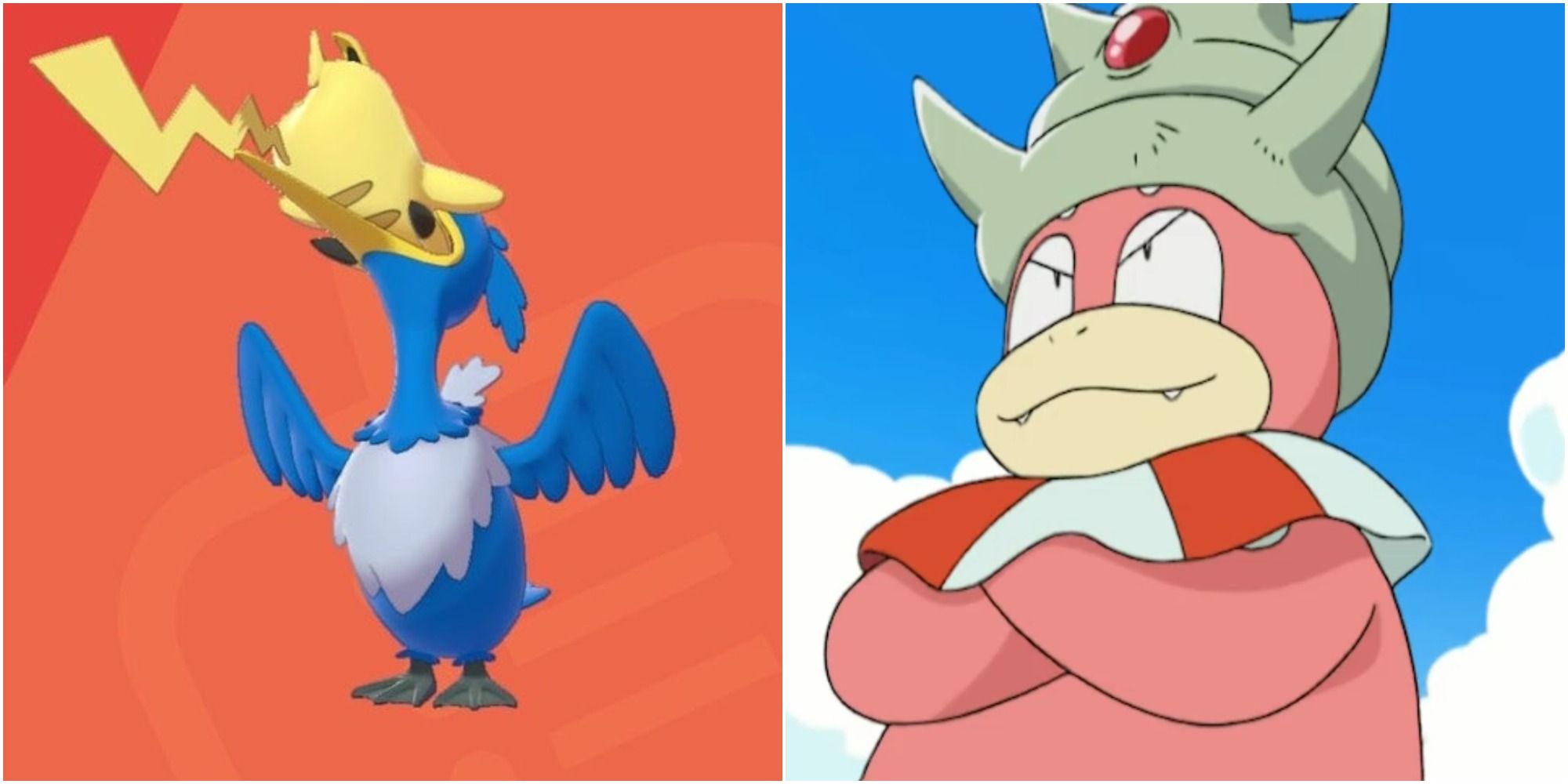
A multimedia juggernaut that has dominated anime, video games, and pop culture at large since the 90s, Pokémon is known for its multitude of beloved monsters. While these creatures are often seen battling each other at the behest of their trainers, those battles are relatively tame, with no lasting injury or death. However, the franchise does have some darker, more violent elements on the periphery.
One darker detail of Pokémon lore is the hunting pattern of wild Pokémon. Pokédex entries and events in the anime allow fans some insight into the food chain of wild Pokémon. While some fans may find it peculiar for their favorite Pokémon to eat one another, it’s as much a part of nature in the Pokémon world as it is our own.
10 Aipom’s Favorite Food Is Bounsweet
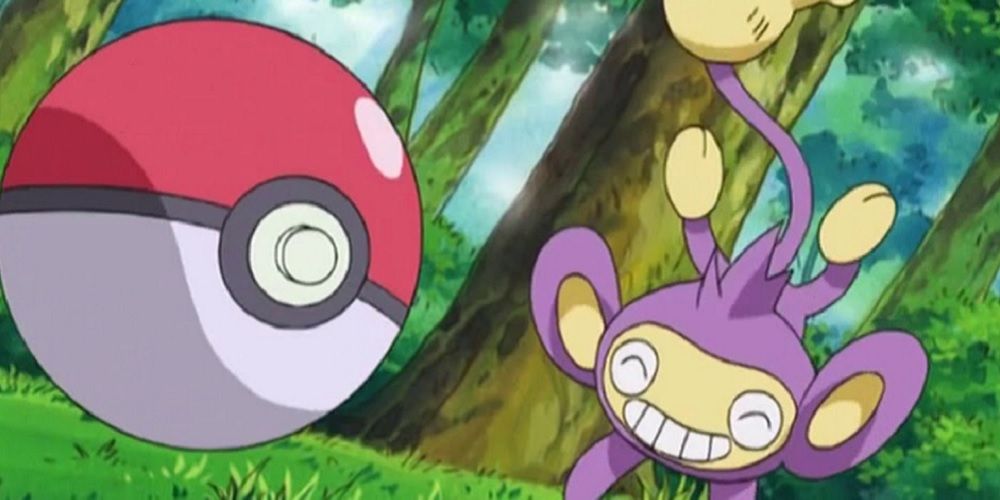
First appearing in the second generation of games, Aipom is a Normal-type Pokémon. The blockbuster 2019 live-action movie Detective Pikachu featured the purple monkey-like Pokémon, elevating its status. While early Pokédex entries for Aipom are fairly innocuous, the Ultra Moon entry calls Bounsweet its favorite food.
Some fans may find the idea of an Aipom hunting the adorable fruit Pokémon appalling, especially as the Pokédex entry mentions that it becomes excited at the thought of hunting Bounsweet. It’s hard not to sympathize with the small, cherubic Grass-type being treated like prey.
9 Furret Uses Superior Speed To Hunt Rattata
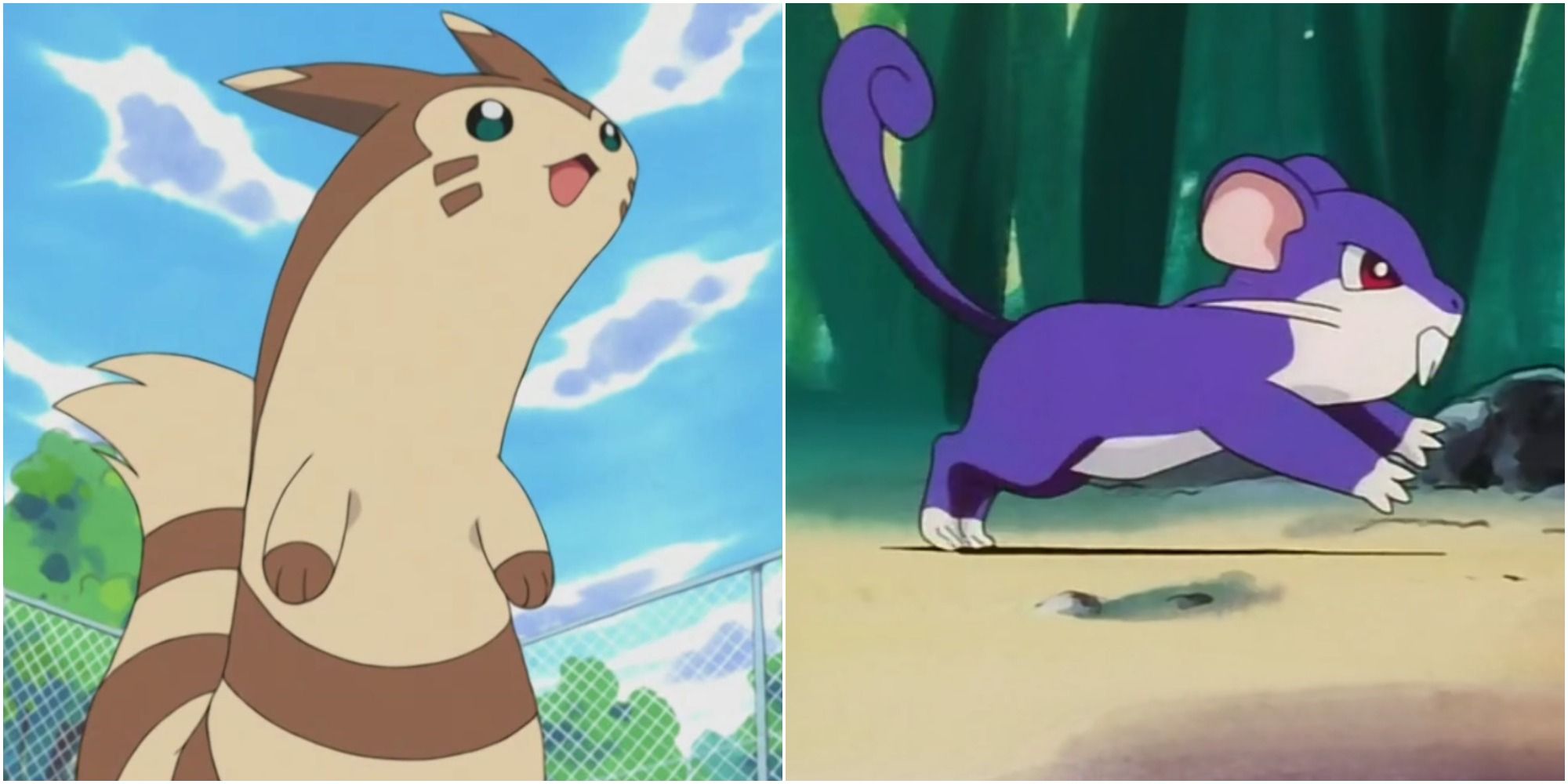
Generation II’s Normal-type Furret is a cute ferret-inspired Pokémon. Like its inspiration, Furret is a carnivore. Multiple Pokédex entries for Furret mention that they hunt the first generation Pokémon, Rattata. It’s also noted that they use their superior speed to corner their prey.
In all fairness, Pokédex entries also state that Furrett uses speed, burrowing, and its slender frame to escape from predators. While it’s not clear exactly what Pokémon hunt Furret, it’s apparent that they aren’t an apex predator.
8 Spearow Hunts Helpless Sunkern
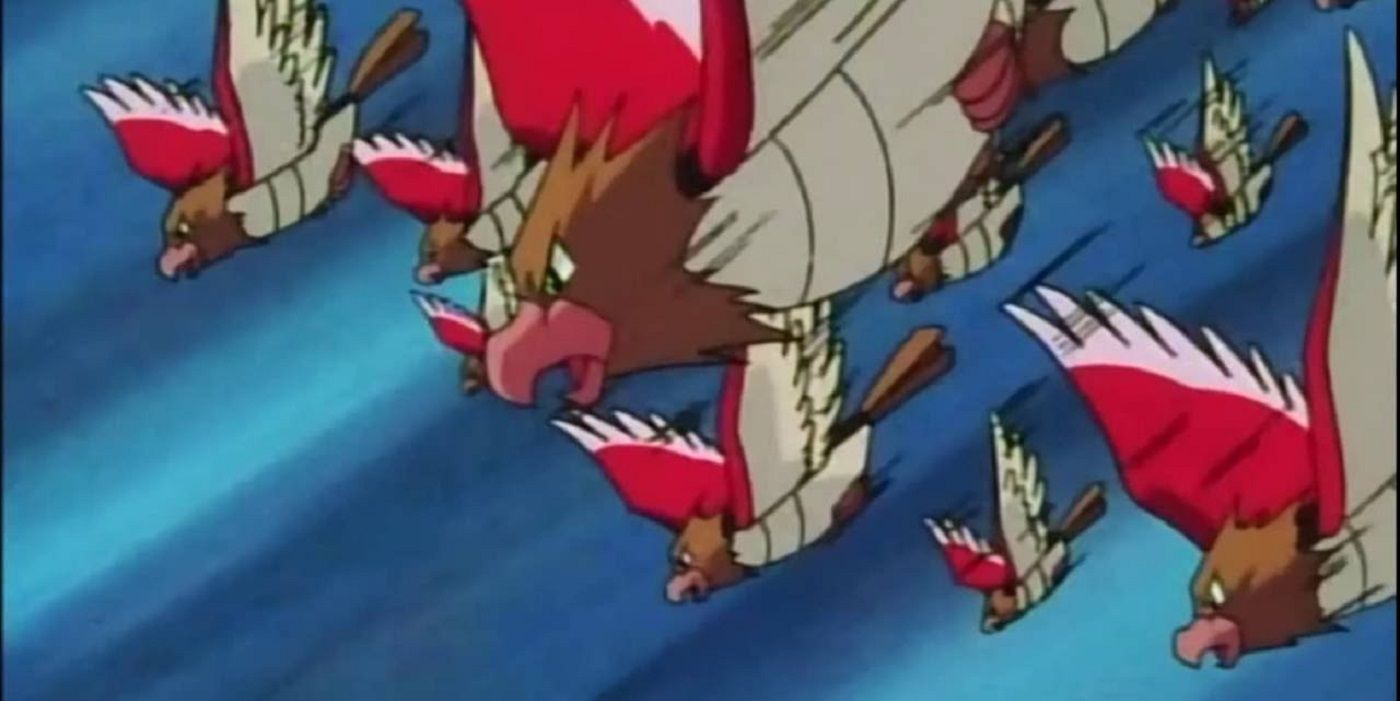
The first generation Flying and Normal-type Pokémon Spearow hunt the Generation II Grass-type, Sunkern. This fact comes from Sunkern’s Pokédex entry, which states that they shake their leaves at the attacking Spearow.
Spearow isn’t particularly formidable, but Sunkern’s other Pokédex entries tend to focus on how helpless the Grass-type is. As such, it’s no surprise that the seed Pokémon finds itself at the bottom of the Pokémon food chain.
7 Kingler Has Been Hunting Cloyster & Shellder From The Very Begining
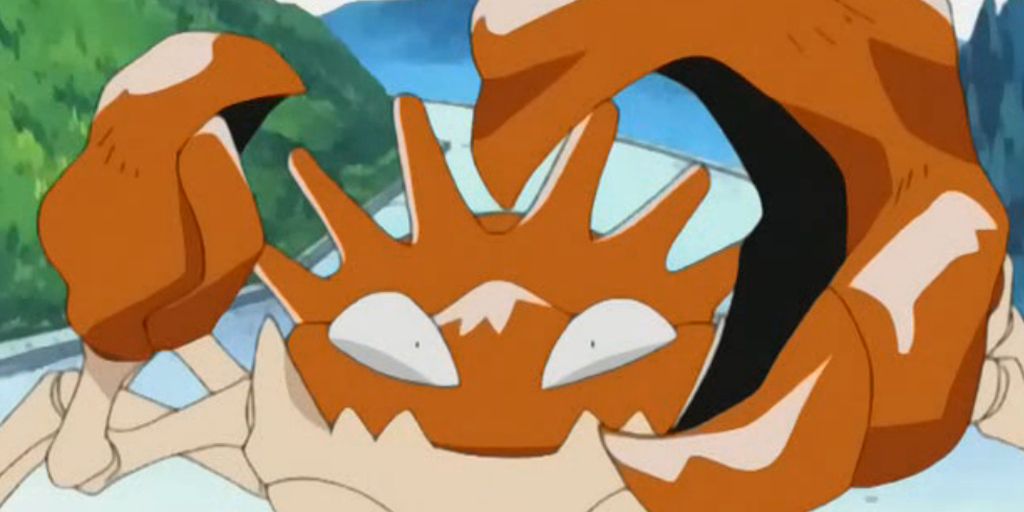
Predator and prey relationships have been a part of Pokémon since the first generation. The crab Pokémon Kingler uses its massive claw to pry the shells of Shellder and its evolution Cloyster open. Strangely this factoid is gleaned not from the original GameBoy games, but from the spinoff game Pokémon Stadium.
Kingler has a specialized claw just for cracking its prey’s shells open, which is a unique trait that shows just how important these hunter and prey relationships are to Pokémon physiology.
6 Ekans Eats The Eggs Of Bird Pokemon
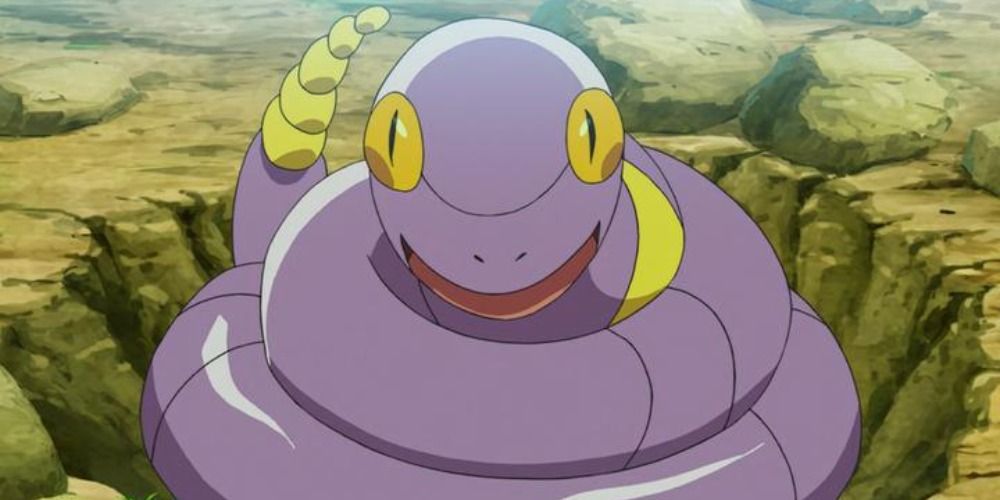
The first generation Poison-type Ekans eats the eggs of multiple bird Pokémon. Specifically, its original Pokédex entry mentions that it preys on the eggs of both the Pidgey and Spearow families.
While many of the hunting practices mentioned in Pokémon lore can be imagined as a higher-stakes version of Pokémon battles, the hunting tactics of Ekans are quite different. They sneak into nests to devour defenseless eggs whole. This helps to send home just how different wild Pokémon hunting is from the trainer battles the audience is used to seeing.
5 Magikarp Are Easy Prey For Pidgeot
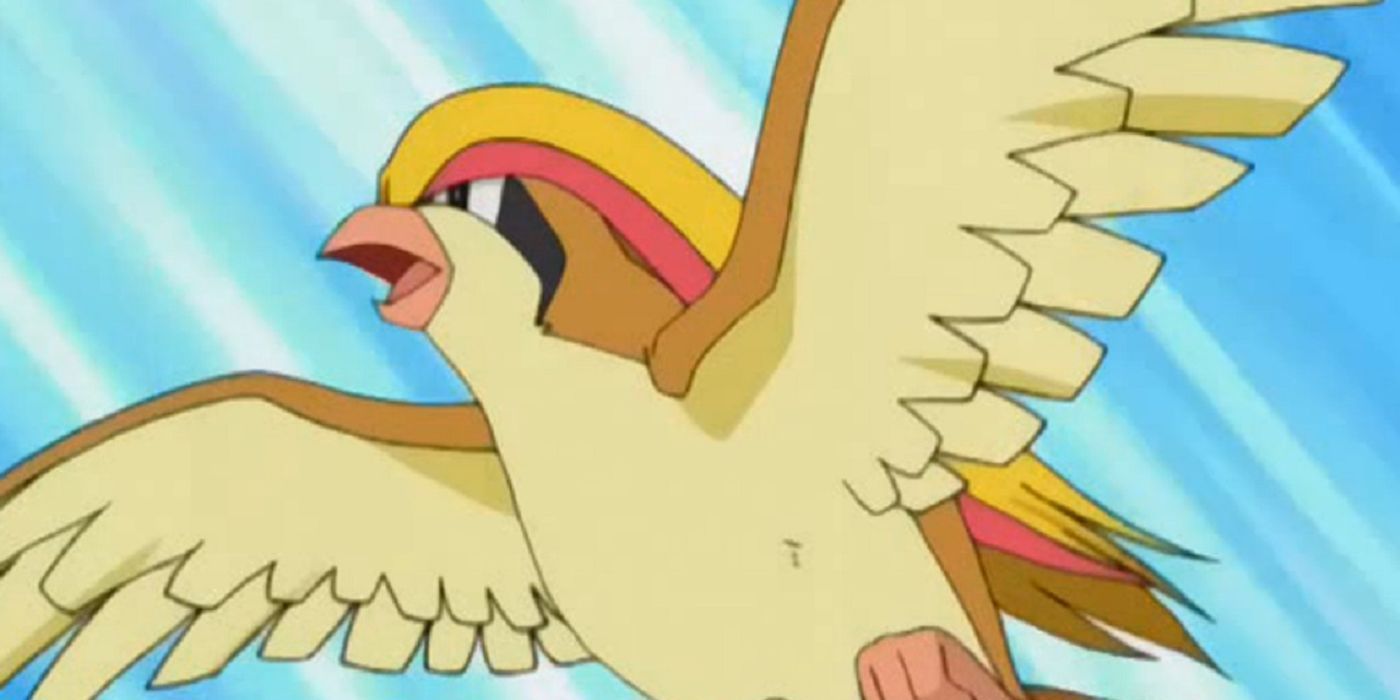
Another hunter-prey relationship that has been around since Pokémon Red & Blue is between Pidgeot and Magikarp. The Normal and Flying-type Pidgeot’s original Pokédex entry mentions that they hunt Magikarp, a fact later entries for Water-type Magikarp would also mention.
It’s frequently mentioned that Magikarp is easy prey for the bird Pokémon as they have no real way to defend themselves. Fans of the series will find this consistent with the games’ mechanics, given the fact that Magikarp’s signature, and often only, move Splash has no effect.
4 In Alola, Grimer & Muk Hunt Trubish & Garbodor
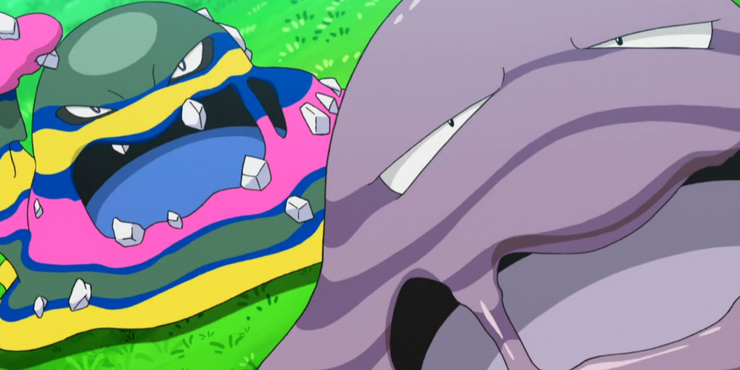
While many Pokémon are based on real animals and plants, there are also many that aren’t. Many evolutionary families in the Poison-type category embody pollution. Even these more synthetic Pokémon have an established food chain and delicate ecology, so much so that Muk is said to be facing extinction, in one of the all-time saddest Pokédex entries.
This is made clear in the Alola region, where the regional variant of Grimer and its evolution Muk hunt the garbage Pokémon Trubish and Garbodor. In fact, the introduction of the foreign Grimer family to the region is credited with making Garbodor stronger.
3 Sneasel & Its Evolution Are Prolific Hunters Of Pidgey, Sandshrew, Vulpix, & Mamoswine
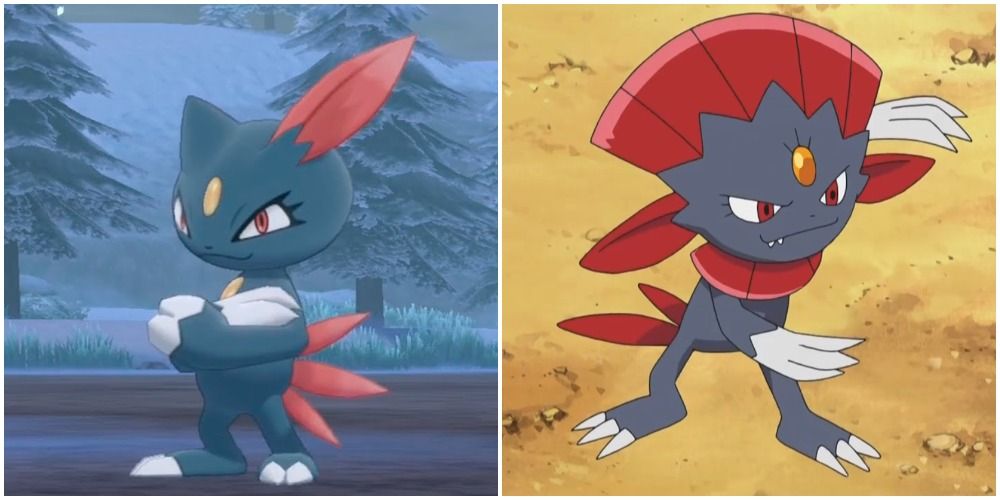
The Dark and Ice-type Pokémon, Sneasel, along with its evolution, Weavile, are known to hunt several different Pokémon. Through various Pokédex entries, it’s known that the Sneasel family hunts Pidgey, Sandshrew, Vulpix, and Mamoswine. They even have specialized hunting practices for their different prey.
More than almost any other Pokémon, Sneasel and Weavile are defined by their predatory nature. Known for their clever hunting strategies, which include sophisticated pack tactics, they seem to be some of the most successful predators in the Pokémon universe.
2 Shellder & Slowpoke Have A Unique Predatory Relationship

Shellder and Slowpoke have had a strange relationship since the original Red & Blue games, a relationship that has become increasingly complex as the series has progressed. All of Slowpoke’s evolutions center around a Shellder biting it. It’s one of many strange pieces of Pokémon lore.
When a Shellder latches onto a Slowpoke’s tail, it becomes a Slowbro. And when it bites a Slowpoke’s head, it becomes a Slowking. There are also numerous other forms such as Mega Evolution and regional variants adding further complexity to how these evolutions work. While the end result is often symbiotic to some degree, it’s clear that Shellder actively hunts Slowpoke.
1 Cramorant Is Defined By Its Predatory Practices In Hunting Arrokuda & Accidentally Catching Pikachu
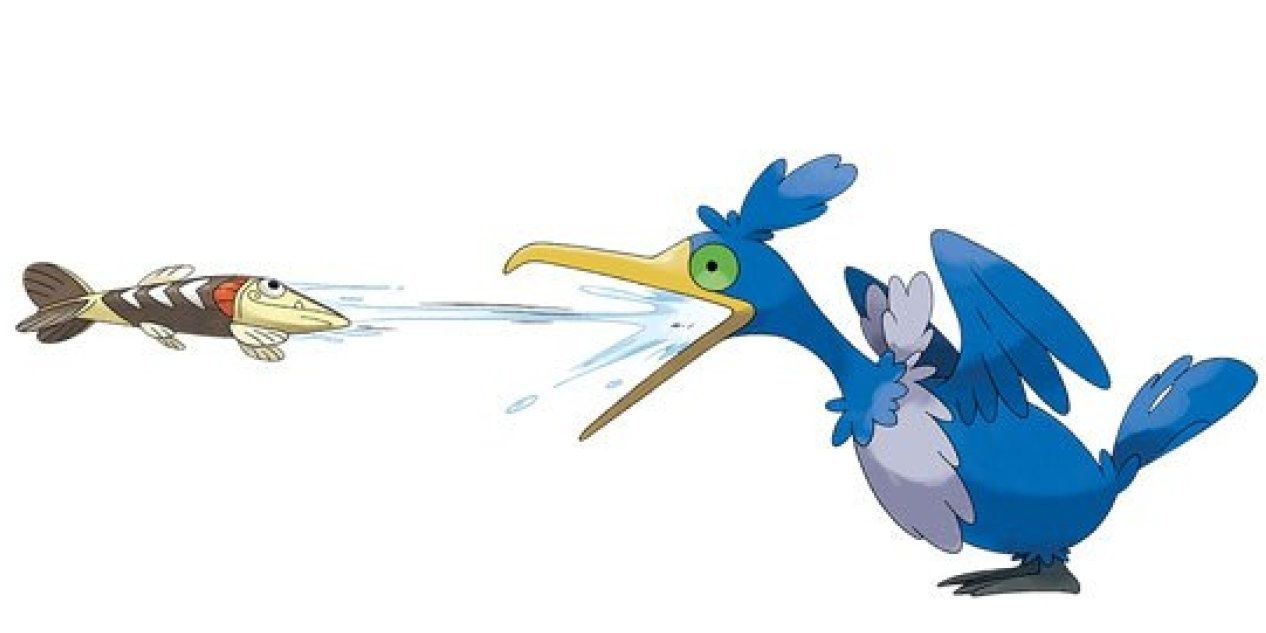
More than any other Pokémon, Generation VIII’s Water and Flying-type Cramorant is defined by its predatory nature. Due to its ability, Gulp Missile, Cramorant often has a half-swallowed Arrokuda or Pikachu in its beak.
While most predatory relationships in Pokémon are hidden in Pokédex entries, the fact that Cramorant hunts Arrokuda is baked into the Pokémon’s core conceit. Even Cramorant’s peculiar habit of accidentally swallowing other Pokémon, such as the misfortunate Pikachu, is both visible and mechanically relevant in the games.
See more : PokemonWe
